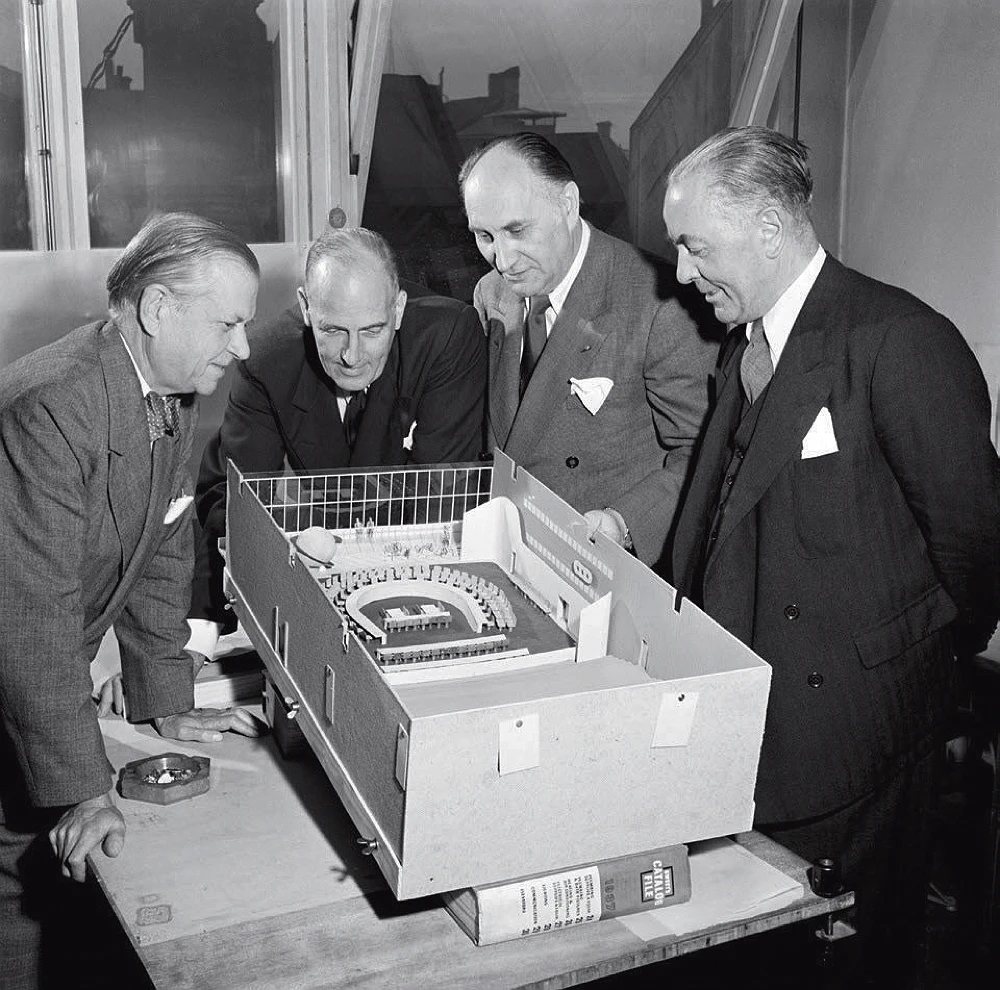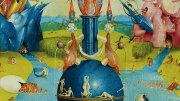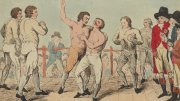Criminal Justice in Divided America, by David A. Sklansky, J.D. ’84 (Harvard, $35). The Morrison professor of law at Stanford, a former federal prosecutor, argues that “American criminal justice is in crisis,” neither preventing crime nor delivering justice, as policing, prosecution, adjudication, and punishment are all “off the rails.” Not coincidentally, he finds, American democracy is in crisis, too, riven by political polarization, economic inequality, and plummeting trust in government. He undertakes the hard, essential work of determining how to address the legal system’s “ineffectiveness, its arbitrariness, its bias, and its needless cruelty” in order to protect democracy itself.
The Licensing Racket, by Rebecca Haw Allensworth, J.D. ’08 (Harvard, $35). Diving deep into the licensing system that now covers occupations such as “pest control application, court reporting, auctioneering, and alarm system installation,” Vanderbilt’s Allen professor of law finds an extremely localized regulatory regime that manages, simultaneously, to overreach (30 million U.S. workers are covered), impose pointless barriers to entry, inflate consumer costs “by more than the highest state sales tax,” and fail far too often to discipline unethical or dangerous providers (the chief function of licensing in the first place). Her extensive field work reveals that “our experiment of giving the professions unfettered autonomy over their regulation” has failed.
Art in a State of Siege, by Joseph Leo Koerner, Thomas professor of history of art and architecture and professor of Germanic languages and literatures (Princeton, $37). What kind of art emerges under the most extreme pressure, when a populace literally confronts enemies at the city walls and the rule of law corrodes? “During siege life becomes bare survival,” Koerner writes. From those dire conditions have emerged works such as Hieronymus Bosch’s Garden of Earthly Delights, Max Beckmann’s pre-World War II Self-Portrait, and, under apartheid, William Kentridge’s disturbing, seemingly disassembled drawings, paintings, and films—and the phrase that gives this book its title. Powerful in explaining why such creations exert such a hold on viewers everywhere, and through time. “Making Modernity” (November-December 2015, page 44) presented Koerner’s earlier take on the Beckmann portrait.
Job Moves, by Ethan Bernstein, M.B.A.-J.D. ’03, D.B.A. ’13, Michael B. Horn, M.B.A. ’06, and Bob Moesta (Harper Business, $32). The Conard associate professor of business administration and fellow HBS affiliates outline a nine-step program for switching jobs and actually, as the subtitle puts it, “making progress in your career.” Rather than getting yourself hired, “when you decide to work somewhere, you are hiring your employer” and should be intentional about realizing your goal—which may well focus less on money than on finding more meaningful work, gaining autonomy, balancing career and family, and so on.
The Indian Card: Who Gets to Be Native In America, by Carrie Lowry Schuettpelz, M.P.P. ’09 (Flatiron, $29.99). The author, an enrolled member of the Lumbee Tribe of North Carolina who teaches public policy at the University of Iowa, explores the rapidly expanding number of people identifying in the U.S. census as Native, the much smaller number actually enrolled in tribes, and what in fact it means to have a Native identity today. Beneath the statistics she finds “the personal truths, the reckonings, [and] the emotional mountain climbing of trying to reach the pinnacle of understanding Native Nation citizenship.” She can write.
Lincoln’s Peace: The Struggle to End the American Civil War, by Michael Vorenberg ’86, Ph.D. ’95 (Knopf, $35). An associate professor of history at Brown contends with the vexing problem of when the Civil War concluded. With Robert E. Lee’s surrender to Ulysses S. Grant at Appomattox Court House on April 9, 1865 (well before Jefferson Davis was captured)? With President Andrew Johnson’s August 20, 1866, proclamation that “the insurrection is at an end”? When the underlying political issues were resolved (i.e., effectively never)? A provocative inquiry, particularly in light of the multitheater war on terror in which the United States has continuously engaged since the dawn of the current millennium.
The Life and Music of Booker “Bukka” White: Recalling the Blues, by David W. Johnson ’68 (University Press of Mississippi, $28 paper). The author interviewed the blues musician in 1976 in a Massachusetts hospital, a year before White died. Revisiting his subject at length, he traces an arc from Chickasaw and Grenada Counties, in Mississippi, through imprisonment in the state penal farm in the 1930s, to his 1940 Chicago recordings, and through his rediscovery beginning in the early 1960s. The result, grounded in the Mississippi Delta beginning 120 years ago, seems impossibly remote, but the music is timeless and fresh, as in “District Attorney Blues”: District attorney sho’ is hard on a man/He taken me from my woman/Cause her to love some other man…

Assembly by Design: The United Nations and Its Global Interior, by Olga Touloumi, Ph.D. ’14 (University of Minnesota Press, $35 paper). If the United Nations represented an aspirational embodiment of liberal internationalism, what can one learn from its form? Plenty, according to an associate professor of architectural history at Bard, who discerns in its international design team (including Le Corbusier and Oscar Niemeyer) a deliberate lack of historical references, public and private spaces, and purpose-built support for multilateral, multilingual diplomacy something quite new: the “global interior.” Her book is historical and theoretical, and merits consideration before the world casts off the assumptions underlying the enterprise—as it seems very much inclined to do.
Class Matters, by Richard D. Kahlenberg ’85, J.D. ’89 (PublicAffairs, $32). The most extensive case yet made by the leading proponent of what he deems (in the subtitle) “The fight to get beyond race preferences, reduce inequality, and build real diversity at America’s colleges”—through a deliberate admissions focus on socioeconomic disadvantage. Kahlenberg’s essay on “Harvard’s Class Gap” appeared in these pages in May-June 2017 (page 35).
After Lives: On Biography and the Mysteries of the Human Heart, by Megan Marshall ’77, RI ’07 (Mariner, $29.99). The Pulitzer Prize-winning biographer of Margaret Fuller (whose other works include a life of poet Elizabeth Bishop; see “Holding Emotion ‘At an Observer’s Distance,’” March-April 2017, page 61) here looks at herself and her work in a series of essays. One would not have expected, from her book subjects, that she would have first-hand material about her high school classmate Jonathan Jackson, shot down at age 17 while attempting to free his sibling, George (Soledad Brother), from prison—the sort of shocking turns lives, including her own, can take.








